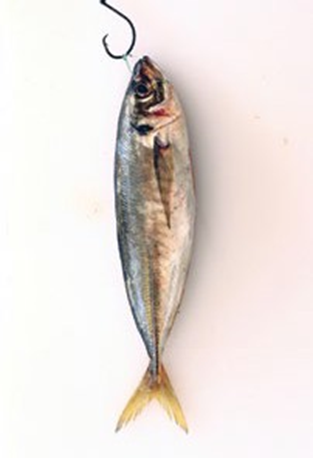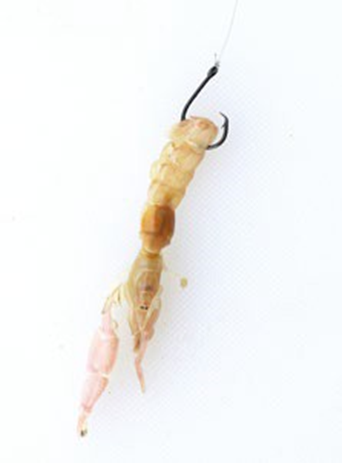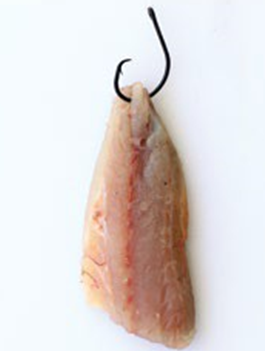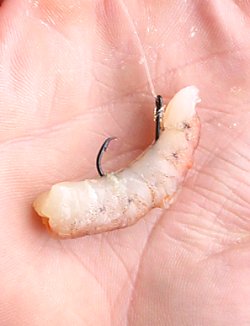
Circle hooks - benefits and tips
Many studies have shown that one of the most influential factors affecting the survival of fish released by anglers relates to where the fish was hooked. Specifically, survival has been shown to be greatly reduced for fish that are deeply hooked in the throat or beyond. ![]()
Circle hooks have been shown to increase the survival of angler released fish. With their success already proven for many game fish species, these hooks are now used increasingly for many other common recreational species including golden perch, bream, flathead and kingfish.
What is a circle hook?
A circle hook is a fishing hook manufactured so that the point is turned perpendicularly back to the hook shank to form a generally circular, or oval, shape.
Various studies have shown that circle hooks mouth-hook a greater proportion of fish than typical “J” pattern hooks.
Results from studies using circle hooks
Species studied | Percentage of mouth-hooked fish |
|---|---|
Yellowfin Bream | up to 90% |
Sand/Dusky Flathead | up to 96% |
Silver Perch | up to 79% |
Red Drum (similar to Mulloway) | up to 96% |
Sailfish | up to 98% |
Atlantic Bluefin Tuna | up to 94% |
Yellowfin Tuna | up to 95% |
White Marlin (similar to Striped Marlin) | up to 100% |
Benefits of circle hooks
- Reduced deep hooking – improved survival of released fish and decreased loss of fishing tackle.
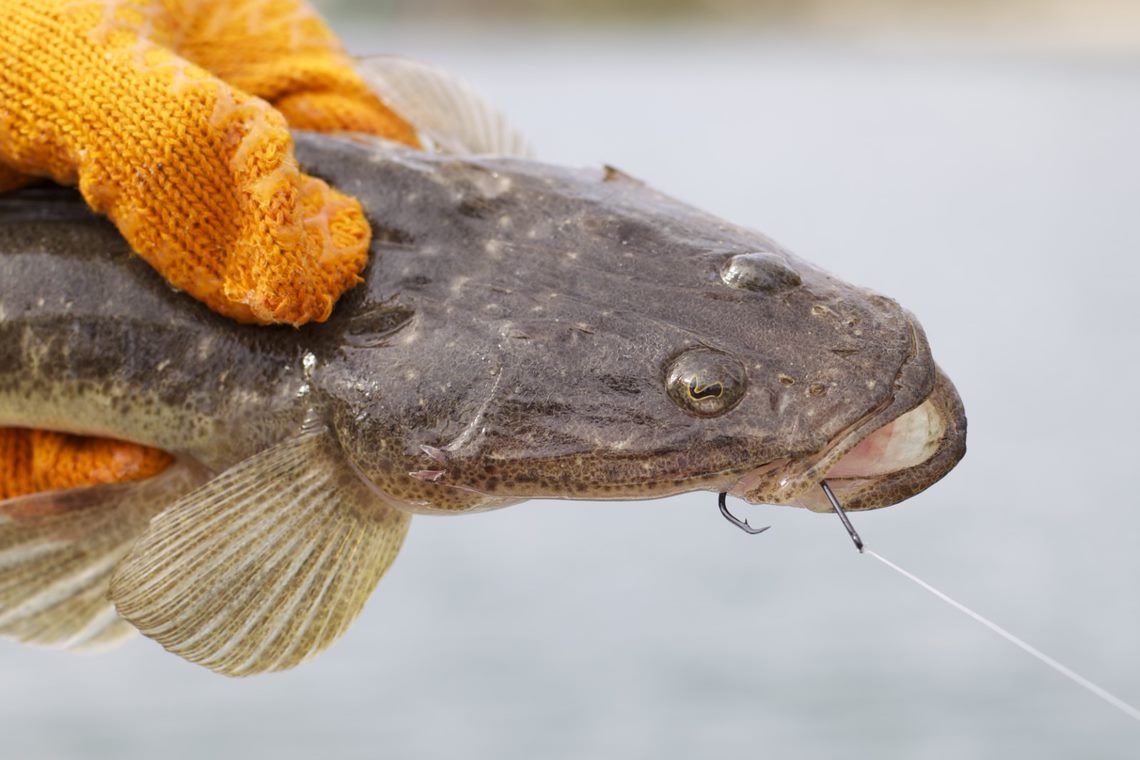
- Improved hook-up and landing rates for many species.
- The strike time is not as crucial for hook-up of fish.
- Lighter leaders/traces can be used as the line is generally away from abrasive mouth surfaces.
- Additionally, some studies have shown that using circle hooks may reduce the incidence of snagging.
Circle hooks bring about many benefits for anglers, but they do require a few minor changes to your normal fishing techniques.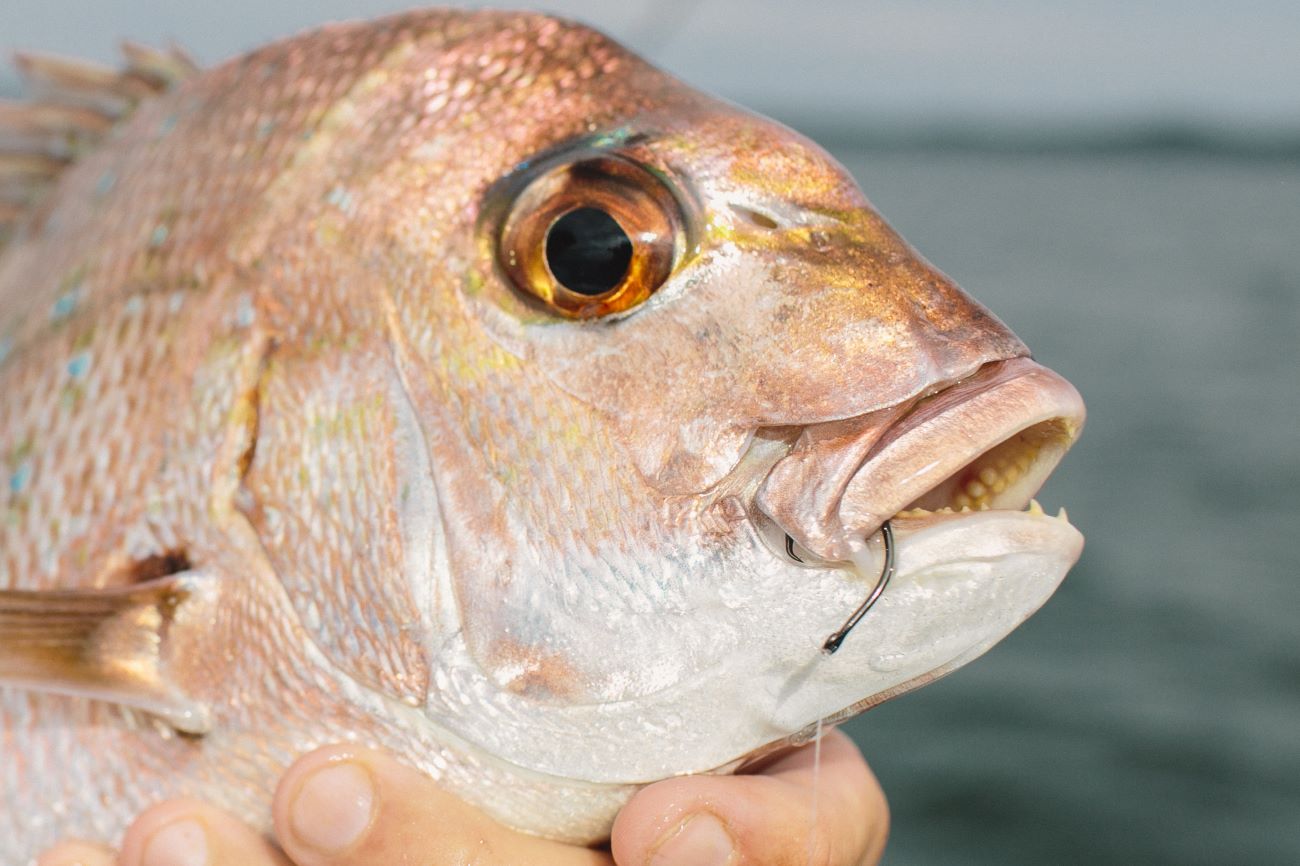
How to use circle hooks
- Do not bury your hook (particularly with tough baits), lightly hook the bait so that the point and barb are exposed or “bridle” the bait.
- Do not strike at the fish, allow the fish time to take the bait into its mouth and then apply slow and steady pressure to set the hook in the mouth area. The fish often hook themselves.
- Non-offset circle hooks are recommended for the best mouth-hooking results.
- Use a de-hooker or needle-nosed pliers to help with unhooking.
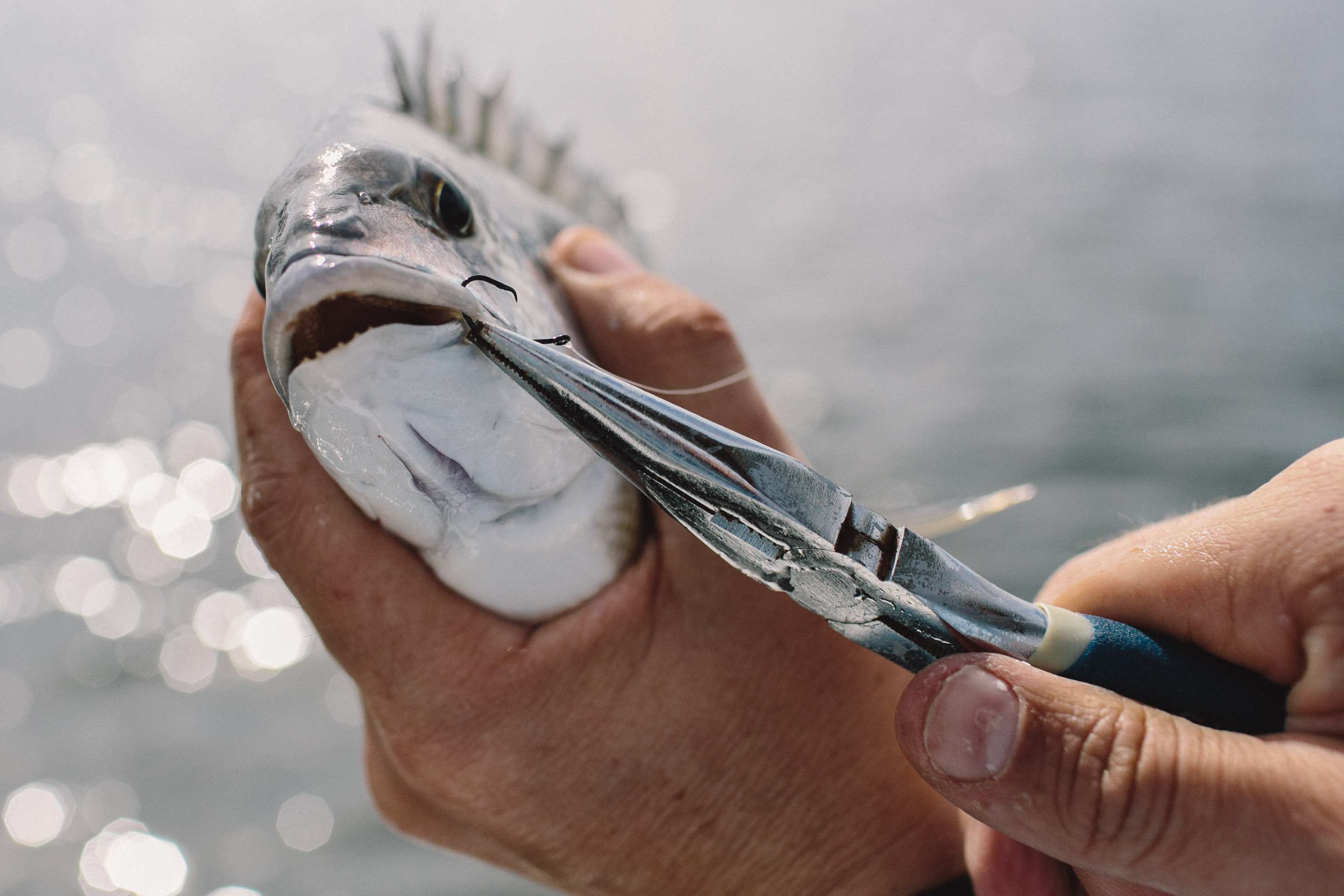
Occasionally some fish will still be deep hooked. To maximise survival it is best to cut the line and release these fish with the hook still intact rather than attempt to remove it. Float rigs, short leaders and keeping your line tight may also increase the number of fish that are hooked in the mouth.
